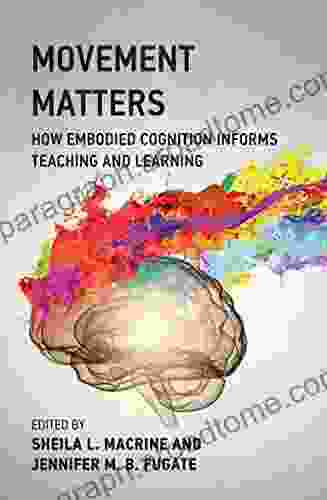How Embodied Cognition Informs Teaching and Learning: A Comprehensive Guide

Embodied cognition is a theory that suggests that our physical experiences shape our cognitive development. This theory has implications for teaching and learning, as it suggests that we can use movement and sensory experiences to enhance student learning.
In this article, we will explore the theory of embodied cognition and its implications for teaching and learning. We will also provide practical tips for educators to use movement and sensory experiences in their classrooms.
Embodied cognition is the theory that our physical experiences shape our cognitive development. This theory is based on the idea that our brains are not simply information processors, but rather that they are embodied in our physical bodies. This means that our physical experiences, such as movement, touch, and smell, play a role in shaping our thoughts and learning.
5 out of 5
| Language | : | English |
| File size | : | 16602 KB |
| Text-to-Speech | : | Enabled |
| Enhanced typesetting | : | Enabled |
| Word Wise | : | Enabled |
| Print length | : | 329 pages |
There is a growing body of research that supports the theory of embodied cognition. For example, one study found that children who were allowed to move around while learning math performed better on math tests than children who were not allowed to move. Another study found that people who were asked to smell a specific scent while learning a list of words were better able to recall those words later on.
The theory of embodied cognition has a number of implications for teaching and learning. First, it suggests that we should incorporate movement and sensory experiences into our teaching. By ng so, we can help students to learn more effectively and to retain information for longer.
Second, the theory of embodied cognition suggests that we should pay attention to the physical environment in which we teach. The environment can have a significant impact on student learning. For example, a classroom that is too hot or too cold can make it difficult for students to focus. A classroom that is too noisy can make it difficult for students to hear.
Third, the theory of embodied cognition suggests that we should be mindful of our own bodies and how we are using them. Our bodies can provide us with valuable information about our students and their learning. For example, if we notice that a student is fidgeting, it may be a sign that they are not engaged in the lesson.
There are a number of practical tips that educators can use to incorporate movement and sensory experiences into their teaching. Here are a few ideas:
- Use movement to introduce new concepts. For example, you could have students act out a math problem or a science experiment.
- Use sensory experiences to help students learn new material. For example, you could have students smell different scents while learning about different parts of the world.
- Pay attention to the physical environment in which you teach. Make sure that the classroom is a comfortable and inviting place for students to learn.
- Be mindful of your own body and how you are using it. Your body can provide you with valuable information about your students and their learning.
Embodied cognition is a theory that has the potential to revolutionize the way we teach and learn. By incorporating movement and sensory experiences into our teaching, we can help students to learn more effectively and to retain information for longer.
If you are interested in learning more about embodied cognition, there are a number of resources available online. The following websites provide a good starting point:
- The Embodied Cognition Network
- The Association for the Advancement of Embodied Cognitive Science
- The International Society for Embodied Cognitive Science
5 out of 5
| Language | : | English |
| File size | : | 16602 KB |
| Text-to-Speech | : | Enabled |
| Enhanced typesetting | : | Enabled |
| Word Wise | : | Enabled |
| Print length | : | 329 pages |
Do you want to contribute by writing guest posts on this blog?
Please contact us and send us a resume of previous articles that you have written.
 Book
Book Novel
Novel Page
Page Chapter
Chapter Text
Text Story
Story Genre
Genre Reader
Reader Library
Library Paperback
Paperback E-book
E-book Magazine
Magazine Newspaper
Newspaper Paragraph
Paragraph Sentence
Sentence Bookmark
Bookmark Shelf
Shelf Glossary
Glossary Bibliography
Bibliography Foreword
Foreword Preface
Preface Synopsis
Synopsis Annotation
Annotation Footnote
Footnote Manuscript
Manuscript Scroll
Scroll Codex
Codex Tome
Tome Bestseller
Bestseller Classics
Classics Library card
Library card Narrative
Narrative Biography
Biography Autobiography
Autobiography Memoir
Memoir Reference
Reference Encyclopedia
Encyclopedia The Beatles
The Beatles Robert E Wubbolding
Robert E Wubbolding Tariq Ramadan
Tariq Ramadan Jim Fraiser
Jim Fraiser John Hanbury Williams
John Hanbury Williams Joel W Martin
Joel W Martin Robin Melrose
Robin Melrose Orhan Pamuk
Orhan Pamuk M J Sewall
M J Sewall John Kenneth Galbraith
John Kenneth Galbraith Kevin Marx
Kevin Marx William Maley
William Maley Nathan Bransford
Nathan Bransford John Hick
John Hick Ulrika Karlsson
Ulrika Karlsson Joe Lopes
Joe Lopes Tadaki Kawada
Tadaki Kawada Jitka Egressy
Jitka Egressy Michael Faudet
Michael Faudet Shawn Coyne
Shawn Coyne
Light bulbAdvertise smarter! Our strategic ad space ensures maximum exposure. Reserve your spot today!
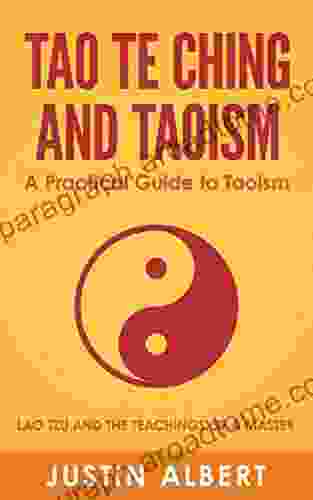
 Henry HayesDiscover the Profound Teachings of Taoism: A Practical Guide to Inner Peace...
Henry HayesDiscover the Profound Teachings of Taoism: A Practical Guide to Inner Peace...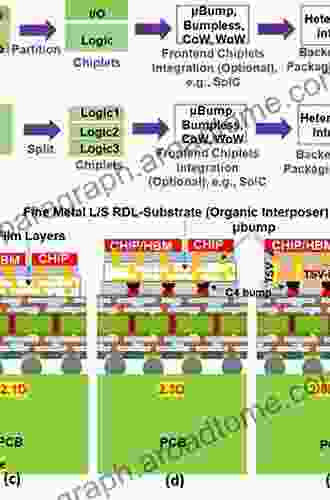
 Raymond ChandlerUnlock the Secrets of 3D IC Integration and Packaging: A Comprehensive Guide
Raymond ChandlerUnlock the Secrets of 3D IC Integration and Packaging: A Comprehensive Guide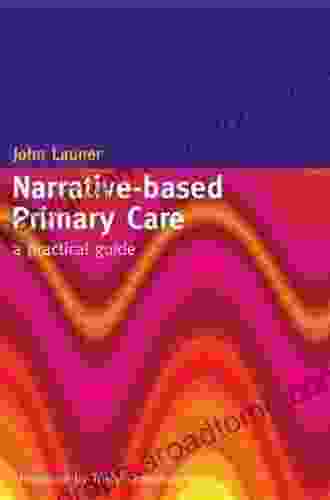
 Liam WardNarrative Based Primary Care: A Comprehensive Guide to Transformative Patient...
Liam WardNarrative Based Primary Care: A Comprehensive Guide to Transformative Patient...
 Daniel KnightUnlock Your Potential: Master the Art of Doing What You Suck At with "Don Do...
Daniel KnightUnlock Your Potential: Master the Art of Doing What You Suck At with "Don Do...
 Johnny TurnerStep into Ernest Hemingway's "A Clean, Well-Lighted Place": A Journey into...
Johnny TurnerStep into Ernest Hemingway's "A Clean, Well-Lighted Place": A Journey into... Floyd RichardsonFollow ·19.8k
Floyd RichardsonFollow ·19.8k Pat MitchellFollow ·17.7k
Pat MitchellFollow ·17.7k Randy HayesFollow ·13.4k
Randy HayesFollow ·13.4k Joshua ReedFollow ·15.3k
Joshua ReedFollow ·15.3k Nick TurnerFollow ·13.9k
Nick TurnerFollow ·13.9k John MiltonFollow ·17.2k
John MiltonFollow ·17.2k Guy PowellFollow ·10.5k
Guy PowellFollow ·10.5k Robert Louis StevensonFollow ·16.5k
Robert Louis StevensonFollow ·16.5k

 Julio Cortázar
Julio CortázarAn Illustrated Encyclopedia Of Live Concerts And...
Immerse yourself in the...
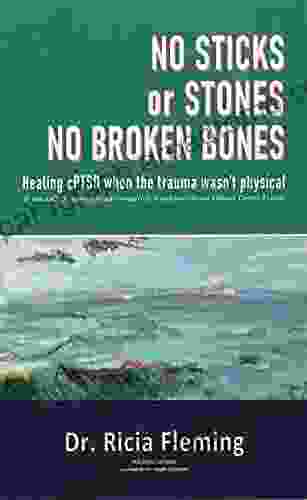
 Edgar Cox
Edgar CoxNon Physically Assaultive Attachment Based Chronic Covert...
What is Covert...
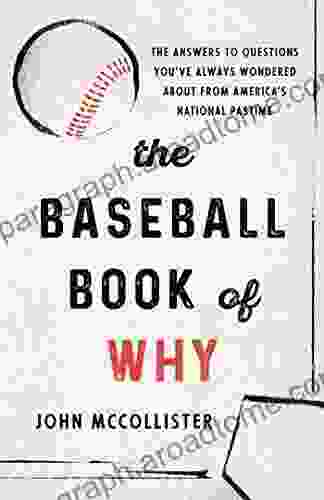
 Robert Reed
Robert ReedThe Baseball of Why: Unraveling the Intricacies of...
Step up to the plate and...
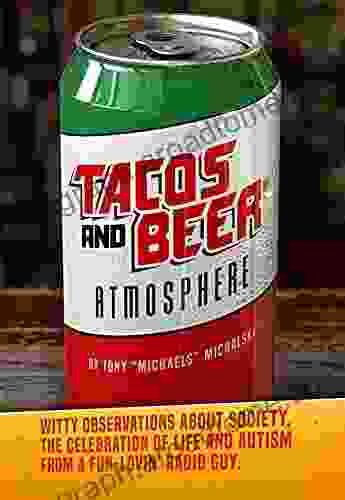
 Aldous Huxley
Aldous HuxleyTacos and Beer: An Atmosphere of Flavorful Delights
In the realm of culinary adventures,...

 Stan Ward
Stan WardUnlock the Secrets of the Aramaic Jesus: Revelations of a...
Journey Back to the Roots of...

 Vincent Mitchell
Vincent MitchellMillionaire Success Strategies: Your Blueprint for...
Unlock the...
5 out of 5
| Language | : | English |
| File size | : | 16602 KB |
| Text-to-Speech | : | Enabled |
| Enhanced typesetting | : | Enabled |
| Word Wise | : | Enabled |
| Print length | : | 329 pages |


